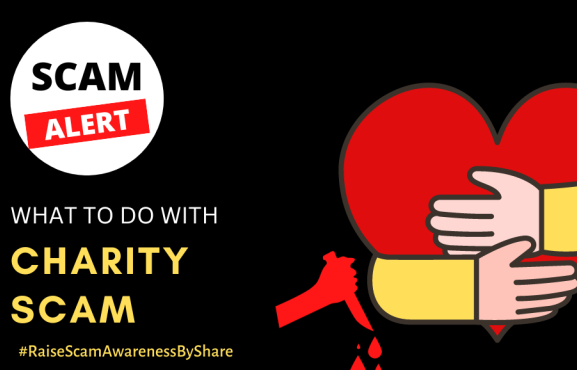 Every time disaster strikes—whether it’s a flood, earthquake, or epidemic—ordinary people rush to help with their hearts and wallets. But even faster than volunteers, relief agencies and governments appear on stage, armed with microphones, donation boxes, and websites designed to tug at heartstrings. “Every rupee saves a life,” they say. And citizens, moved by images of starving children and crying mothers, open their pockets. The tragedy begins not with the disaster, but with where this money goes.
Every time disaster strikes—whether it’s a flood, earthquake, or epidemic—ordinary people rush to help with their hearts and wallets. But even faster than volunteers, relief agencies and governments appear on stage, armed with microphones, donation boxes, and websites designed to tug at heartstrings. “Every rupee saves a life,” they say. And citizens, moved by images of starving children and crying mothers, open their pockets. The tragedy begins not with the disaster, but with where this money goes.
Instead of reaching the hungry, the homeless, or the hopeless, relief funds take a very different journey. In one state, a flood-relief chairman was applauded for raising crores overnight—only for villagers to later discover the funds had been used to pay for his daughter’s wedding. Guests feasted on banquets while poor families watched fireworks explode over their drowned fields. “At least we provided entertainment,” the chairman shrugged, when confronted.
Elsewhere, an earthquake fund was proudly declared a success, boasting the purchase of “relief vehicles.” Citizens soon realized these were not ambulances but luxury SUVs, complete with leather seats and LCD screens. When asked how this helped earthquake victims, an official explained, “Our officers must travel comfortably to empathize properly.”
Hunger, too, has proven to be a delicious business. An “International Conference on Eradicating Hunger” was hosted at a five-star seaside resort, where delegates discussed poverty while sampling 20-course buffets. Survivors of the disaster still waited for bread and water, but organizers claimed a victory: “Awareness has been raised.”
Governments have also mastered the art of rebranding theft as transparency. One state proudly launched a “Transparent Fund,” with every rupee tracked online. Donors later found their contributions had built not relief camps, but a gleaming glass office for the department itself. “See?” the minister smiled, pointing at the crystal-clear walls. “Nothing is hidden. Even our offices are transparent!”
Meanwhile, for victims, the promised relief arrives in the form of expired medicines, torn blankets, and biscuits even stray dogs reject. For the donors, all that’s left is the satisfaction of colorful pie charts on official websites. And for those running the show, there are new offices, new cars, and new opportunities—because in this business model, misery is the raw material and compassion is the marketing strategy.
Thus, the cycle repeats. Disasters strike, appeals are launched, and money flows—not into the hands of the poor, but into the pockets of those who know how to turn tragedy into opportunity. The victims continue to wait, while the “saviors” continue to prosper. In the end, the only thing truly rescued is the lifestyle of those who turned noble causes into noble profits.